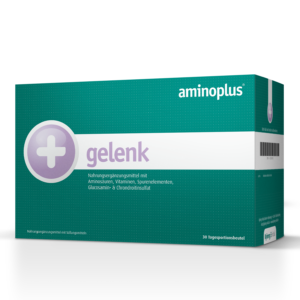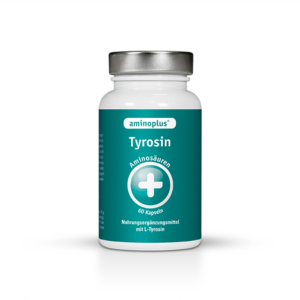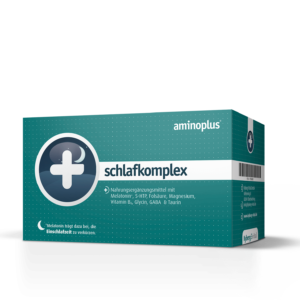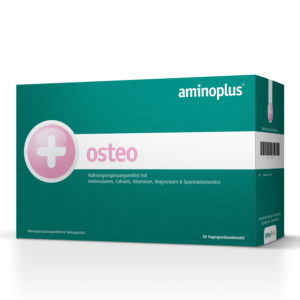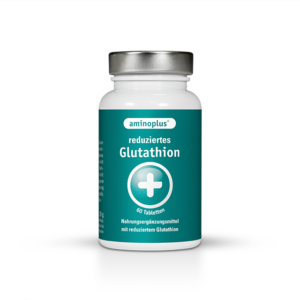NEWSLETTER
Knowledge and education – We do the research for you!
Studies on the topic “Nrf2”.
Summarized studies and original literature for you to download free of charge.
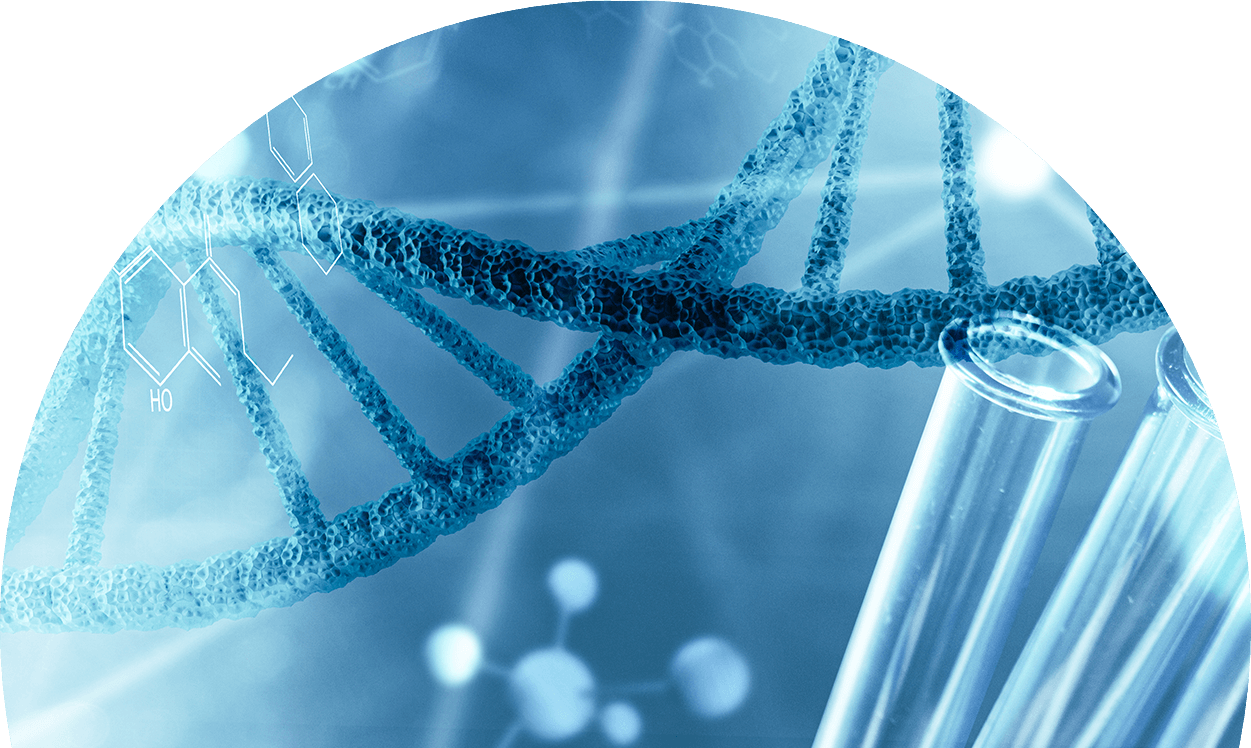
Study
Nrf2-interacting nutrients and COVID-19: time for research to develop adaptation strategies
Jean Bousquet et al.
Abstract: There are large differences between and within countries in COVID-19 mortality rates. Some countries with very low mortality rates such as East Asia, Central Europe, the Balkans and Africa have a common feature of consuming large amounts of fermented foods, whose intake is associated with the activation of the Nrf2 (nuclear factor (erythroid-derived 2)-like 2) antioxidant transcription factor. There are many Nrf2-interacting nutrients (berberine, curcumin, epigallocatechin gallate, genistein, quercetin, resveratrol, sulforaphane), all of which act similarly to reduce insulin resistance, endothelial damage, lung injury and cytokine storm. …..It is tempting to suggest that foods and nutrients interacting with Nrf2 may restore insulin resistance and have a significant impact on the severity of COVID-19. It is therefore possible that ingestion of these foods restores an optimal natural balance for Nrf2 signaling and may be of interest in alleviating the severity of COVID-19.
Study
Transcriptional Regulation by Nrf2
Claudia Tonelli , et al.
Abstract: Nuclear factor E2-related factor 2 (Nrf2) is a transcription factor that coordinates the basal and stress-inducible activation of a variety of cytoprotective genes. Understanding the regulation of Nrf2 activity and downstream signaling pathways has major implications for human Health. Recent advances: Nrf2 regulates the transcription of components of the glutathione and thioredoxin antioxidant systems as well as enzymes involved in phase I and phase II Detoxification of exogenous and endogenous products, NADPH regeneration and heme metabolism. It is therefore a key regulator of cellular defense mechanisms against xenobiotic and oxidative stress.
https://pubmed.ncbi.nlm.nih.gov/28899199/
Study
Nrf2 at the heart of oxidative stress and cardiac protection
Qin M Chen Anthony J Maltagliati
Abstract: The NFE2L2 gene encodes the transcription factor Nrf2, which is best known for regulating the expression of antioxidant and detoxification genes. Gene knockout approaches have demonstrated its universal cytoprotective properties. While Nrf2 has been the subject of intense research in cancer biology since its discovery in 1994, understanding the role of Nrf2 in cardiovascular disease has only just begun. The literature on Nrf2 in experimental models of atherosclerosis, ischemia, reperfusion, cardiac hypertrophy, heart failure and diabetes supports its cardioprotective nature. In addition to antioxidant and detoxification genes, Nrf2 has been found to regulate genes involved in cell signaling, transcription, anabolic metabolism, autophagy, cell proliferation, extracellular matrix remodeling and organ development.
Study
Mitochondrial Reactive Oxygen Species in Physiology and Pathology
Shuya Kasai et al.
Abstract : Reactive oxygen species (ROS) are by-products of aerobic respiration and signaling molecules that control various cellular functions. Nrf2 regulates gene expression of endogenous antioxidant synthesis and ROS-eliminating enzymes in response to various electrophilic compounds that inactivate the negative regulator Keap1. Increasing evidence has shown that mitochondrial ROS (mtROS) activate Nrf2, often mediated by specific protein kinases, and induce the expression of antioxidant genes and genes involved in mitochondrial quality/quantity control. Mild physiological stress, such as caloric restriction and exercise, elicits beneficial effects through a process known as “mitohormesis”. Exercise induces NOX4 expression in the heart, which activates Nrf2 and increases endurance capacity.
Study
Role of Nrf2 and Its Activators in Respiratory Diseases
Qinmei Liu Yun Gao , Xinxin Ci
Abstract : Transcription factor nuclear factor erythroid 2-related factor 2 (Nrf2) is an important regulator of antioxidant response element (ARE)-driven cytoprotective protein expression. Activation of Nrf2 signaling plays an essential role in preventing cells and tissues from oxidative stress damage. Under unstressed conditions, the natural inhibitor of Nrf2, Kelch-like ECH-associated protein 1 (Keap1), traps Nrf2 in the cytoplasm and promotes Nrf2 degradation by the 26S proteasome. Nevertheless, stresses, including highly oxidative microenvironments, impair the ability of Keap1 to target Nrf2 for ubiquitination and degradation, and induce newly synthesized Nrf2 to translocate to the nucleus to bind to ARE. Due to constant exposure to external environments, including various pollutants and other oxidants, the redox balance maintained by Nrf2 is quite important for the respiratory tract. To date, researchers have discovered that Nrf2 deletion leads to high susceptibility and severity of injury in various models of airway diseases, including bronchopulmonary dysplasia (BPD), respiratory infections, …
Study
NRF2, a Transcription Factor for Stress Response and Beyond Feng He et al.
Feng He et al.
Nuclear Factor Erythroid 2-related Factor 2 (NRF2) is a transcription factor that regulates cellular defense against toxic and oxidative attacks through the expression of genes involved in oxidative stress response and drug detoxification. NRF2 activation renders cells resistant to chemical carcinogens and inflammatory challenges. In addition to antioxidant responses, NRF2 is involved in many other cellular processes, including metabolism and inflammation, and its functions extend beyond what was originally envisioned. NRF2 activity is tightly regulated by a complex transcriptional and post-translational network that allows it to orchestrate the cell’s response and adaptation to various pathological stressors for the maintenance of homeostasis.

